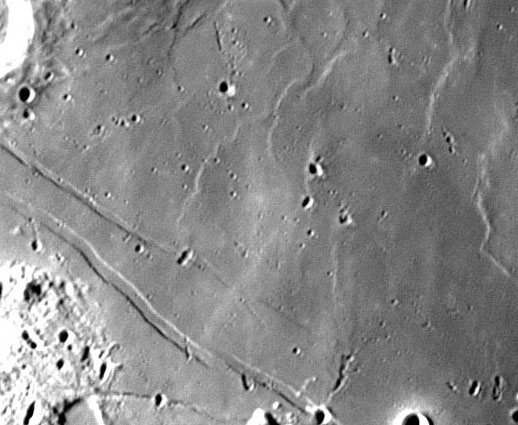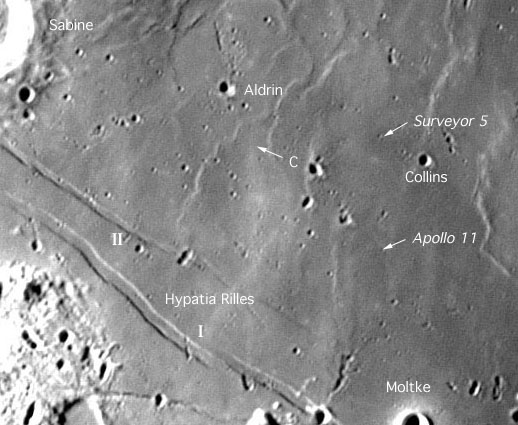Difference between revisions of "December 15, 2004"
| Line 7: | Line 7: | ||
<table width="85%" border="0" align="center" cellpadding="6" cellspacing="2"> | <table width="85%" border="0" align="center" cellpadding="6" cellspacing="2"> | ||
<tr><td colspan="2" valign="top"><div align="center"> | <tr><td colspan="2" valign="top"><div align="center"> | ||
| − | + | <!-- Mouse style 1 --> | |
| − | + | {{HoverImage|LPOD-2004-12-15.jpeg|LPOD-2004-12-15b.jpeg}} | |
| − | |||
| − | |||
</div></td> | </div></td> | ||
</tr> | </tr> | ||
Revision as of 15:03, 18 January 2015
All But Armstrong
Image Credit: [mailto:bruno.daversin@lahague.com bruno.daversin@lahague.com bruno.daversin@lahague.com Bruno Daversin] |
|
All But Armstrong The last human mission to the Moon ended 32 years ago this week, and it will probably be the last one of my lifetime. It is almost historically unbelievable that humans have turned their backs on the universe. As a species, over hundreds of future years, we will colonize the solar system and beyond. Perhaps it will be Chinese or Indians who do it, but it will be done. I at least had the satisfaction of witnessing the beginning of human exploration of space - the most audacious journey in human history - Apollo 11. And here is where they landed. The target site had been carefully selected in a flat, topographically boring part of Mare Tranquillitatis, but as fuel was running out there was little tranquility on the Eagle for alarms were ringing and large boulders littered the landing site. Neil Armstrong calmly did as he had been trained, and flew Eagle to a safer landing site. He radioed, Houston. Tranquillity Base here. The Eagle has landed." Technical Details: Related Links: Tomorrow's LPOD: A Doctor on the Moon |
|
Author & Editor: Technical Consultant: Contact Translator: A service of: |
COMMENTS?
Register, and click on the Discussion tab at the top of the page.





